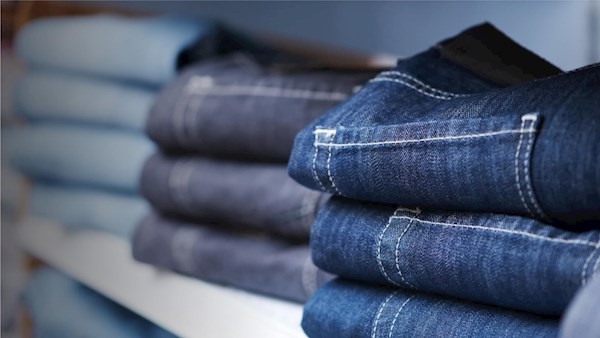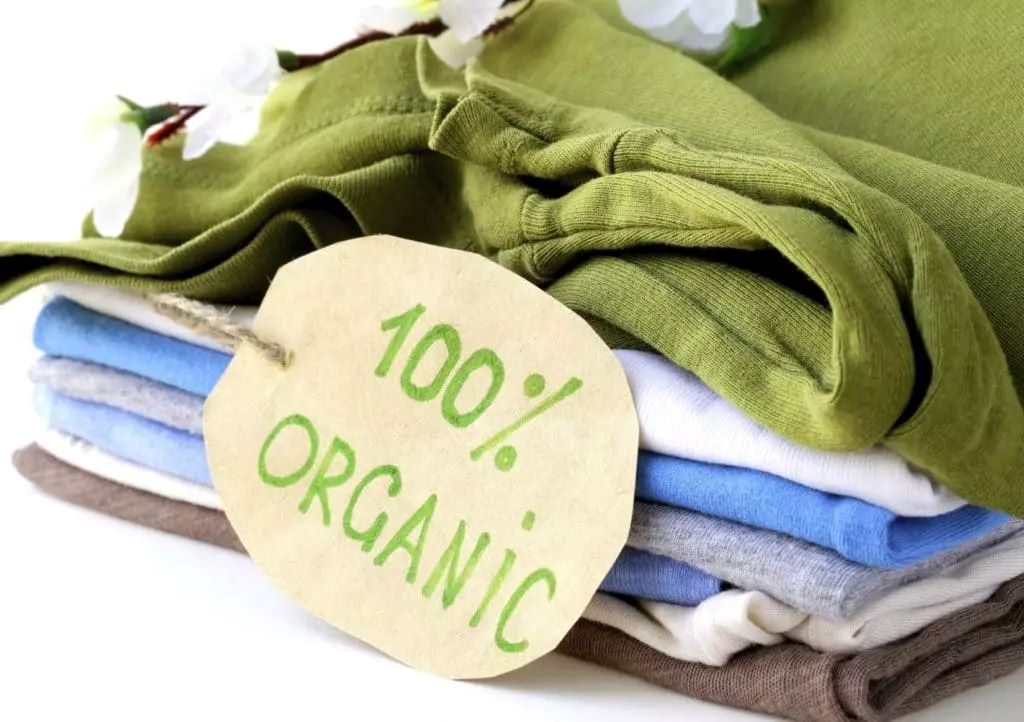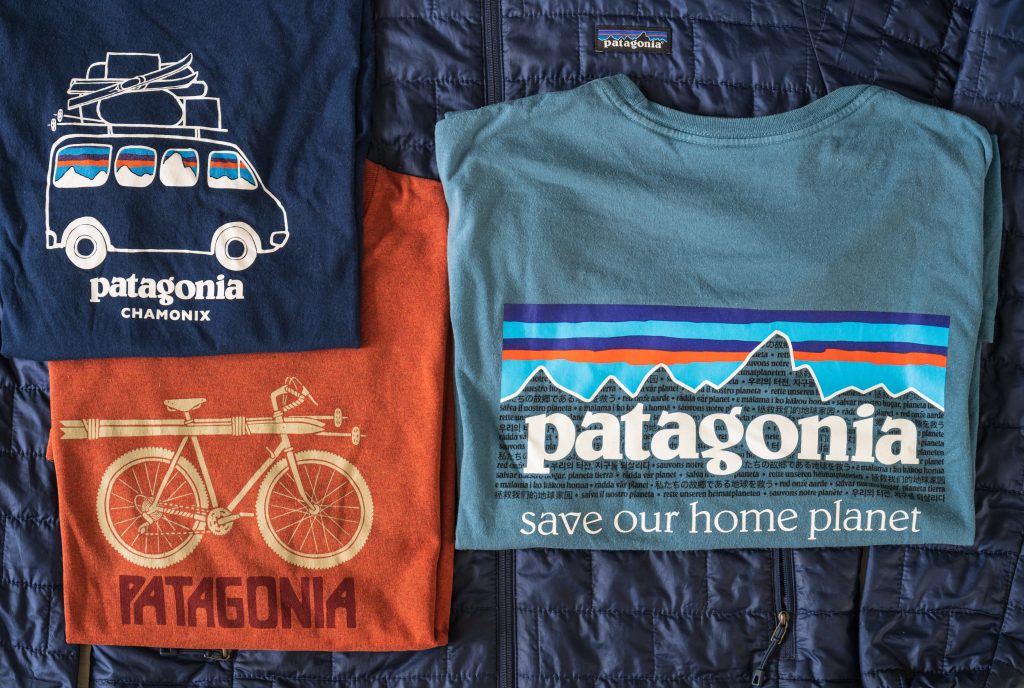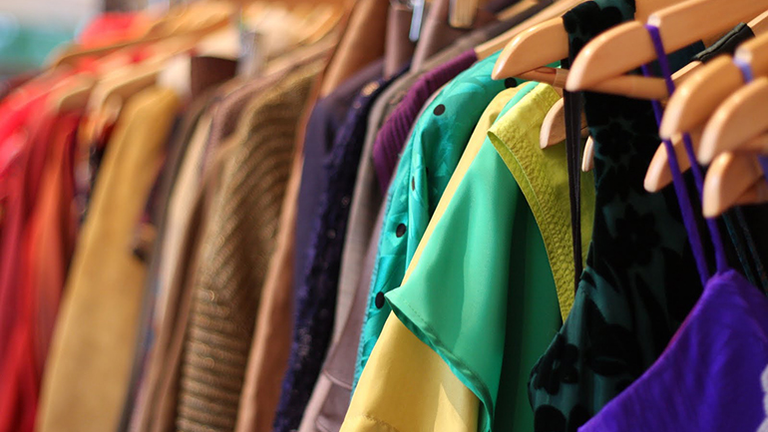Recent data reveals a startling trend: 90% of used clothes and textile waste from European countries is being exported to Africa and Asia. The European Environment Agency (EEA) has shed light on the significant environmental and climate impact of textile waste, ranking it as the fourth most significant pressure resulting from European consumption.
Demand for Responsible Textile Trade
The findings underscore the urgent need for increased responsibility within the global textile trade as sustainability in waste management practices becomes ever more crucial.
Environmental Consequences
Europe's heavy reliance on Asia and Africa for low-cost manufacturing has resulted in an excessive accumulation of used clothes and textile waste, posing serious environmental challenges. While this practice has been profitable for businesses, it has had alarming consequences for the environment.
Negative Impact of Textile Production and Consumption
The EEA report highlights the negative impact of textile production and consumption in the European Union. Textile consumption ranks high in land use, water consumption, material resource utilization, and greenhouse gas emissions. Furthermore, the production of textiles introduces chemicals that harm the environment and contribute to climate change.
The Problem of Synthetic Textiles
The widespread use of synthetic textiles, derived from fossil fuel resources, exacerbates the issue. These materials are present in various aspects of daily life but contribute to greenhouse gas emissions, resource depletion, and the release of harmful microplastics into the environment.
Exporting Textile Waste
Europe generates approximately 5.8 million tonnes of textile waste annually, with synthetic fibers comprising nearly two-thirds of this waste. Limited local recycling capabilities drive the majority of this waste to be exported to Africa and Asia. While Africa has historically received the majority of EU textile exports, Asia's share has increased significantly.
Uncertain Fate and Environmental Impact
The fate of these exported textiles remains uncertain, as the reuse, recycling, or disposal methods in recipient countries are poorly documented. African countries often reuse imported textiles, but unsuitable items frequently end up in landfills. Asian countries typically sort and process used textiles in economic zones, downcycling them into industrial rags or filling materials. Textiles that cannot be recycled or re-exported may find their way into general waste management systems, including landfills.












